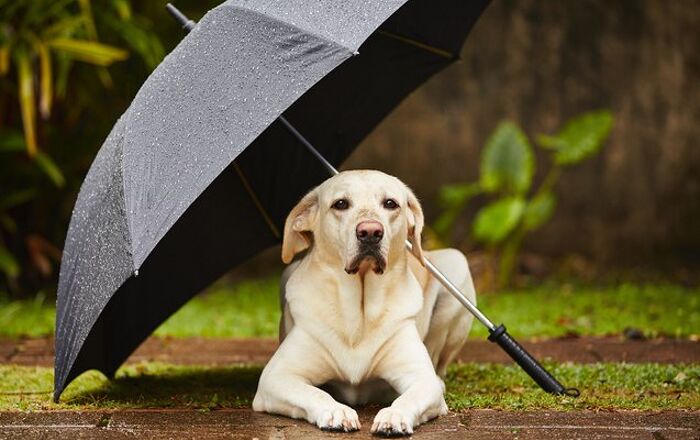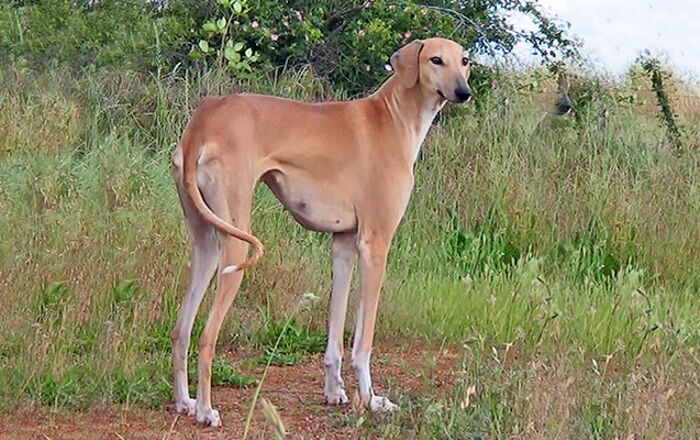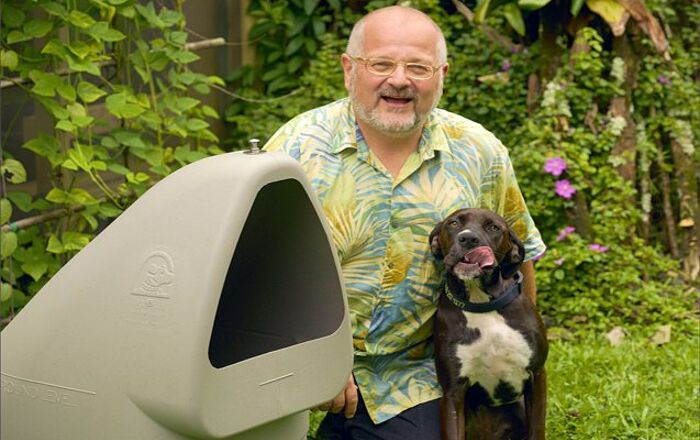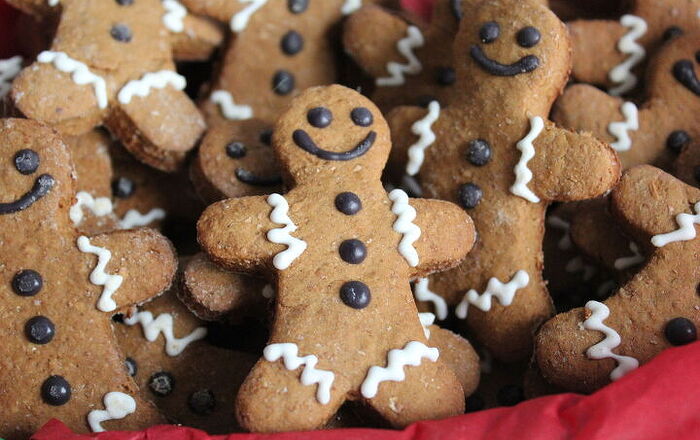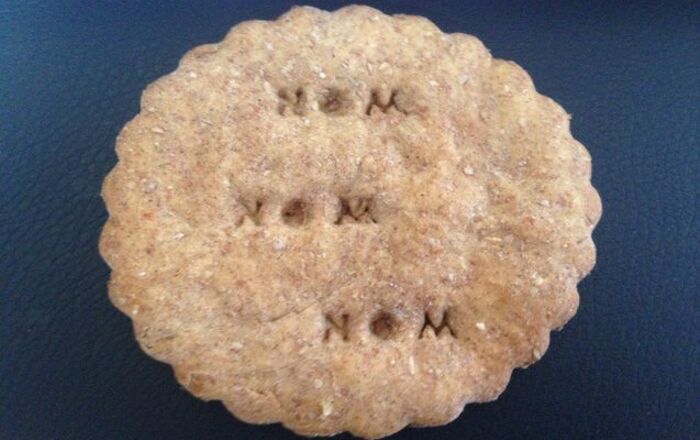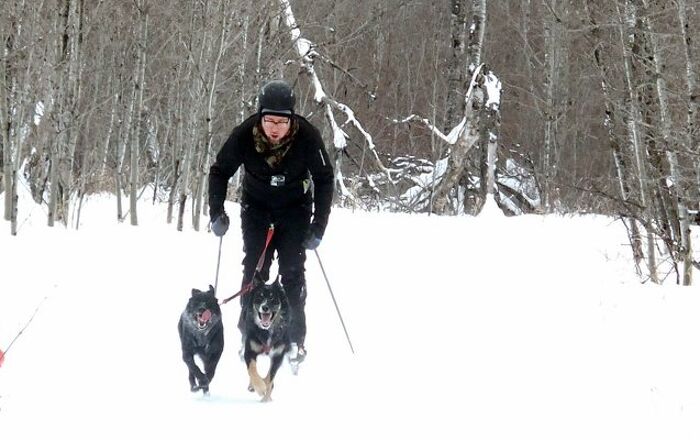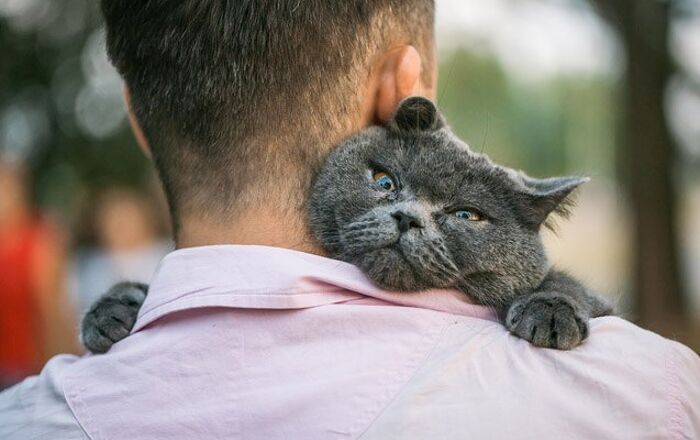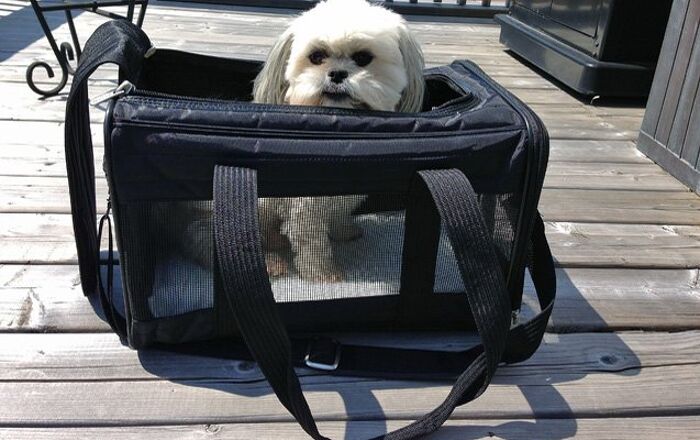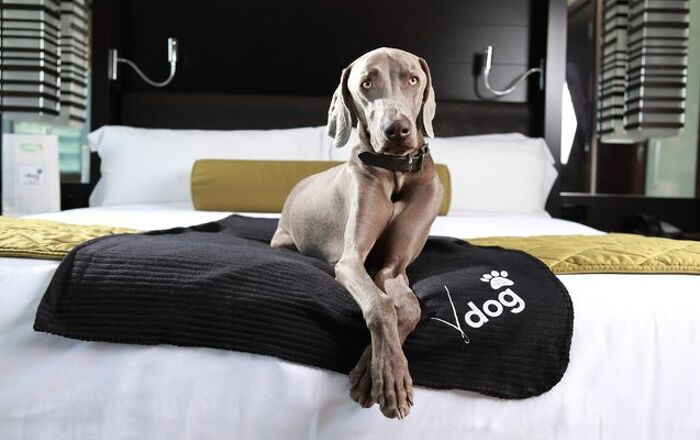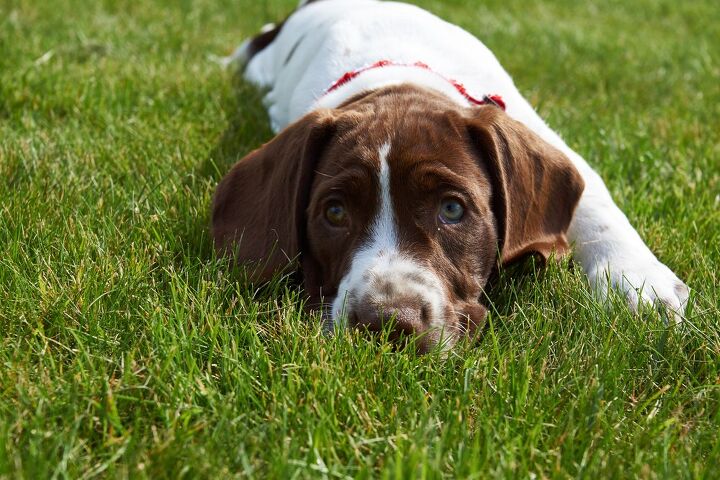
Old Danish Pointer Basics
Also known as the Old Danish Pointing Dog, the Old Danish Pointer is a medium-sized pointing breed developed in Denmark. These dogs are similar in appearance to other pointers, having a white coloration with brown markings as well as a powerful build and stable temperament. Though developed for hunting, these dogs are also family-friendly. They tend to be very quiet indoors but outside they let loose and show off their speed and stamina.
Also known as the Old Danish Pointing Dog, the Old Danish Pointer is a medium-sized pointing breed developed in Denmark.
Origin
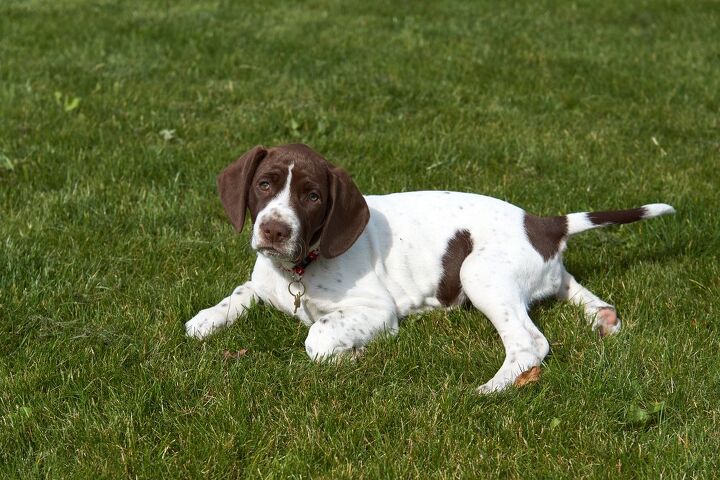
The origins of the Old Danish Pointer can be traced back to 1710 when Morten Bak crossed a collection of gypsy dogs with local farm dogs to create his own pure breed. He took eight generations of gypsy dogs to create a piebald white and brown dog he called the Bakhound, or Old Danish Pointer. The farm dogs used in the crossing were referred to as Bloodhounds by local farmers, but they are more likely descendants of the St. Hubert Hound than the modern Bloodhound breed. The gypsy dogs used in the crossing were likely descendant from Spanish Pointing Dogs of various breeds.
Pedigree
The Old Danish Pointer was developed by crossing gypsy dogs with local farm dogs in Denmark.
Food/Diet
Because the Old Danish Pointer is a large-breed dog, he should be fed a high-quality adult dog food formulated for breeds of his size. These recipes are typically rich in protein to support lean muscle mass with moderate fat content for energy. If you plan to use your Old Danish Pointer for hunting, an active or working breed formula may be more appropriate. These recipes are rich in protein and higher in fat to provide extra energy.
As a hunting breed, the Old Danish Pointer is trainable.
Training
As a hunting breed, the Old Danish Pointer is trainable. These dogs are intelligent and hardworking, plus they actively enjoy the work they do. This breed should be started early with socialization and training, though he typically learns fast and is eager to please. Positive reinforcement works well for this breed and he forms a strong bond with his owner. Just make sure to keep your training sessions short and fun so he doesn’t lose interest.
Weight
Though often described as a medium-sized breed, the Old Danish Pointer is technically a large-breed dog that weighs 55 to 75 pounds at maturity and stands 20 to 24 inches tall. Males of the breed are slightly larger than females.
Temperament/Behavior
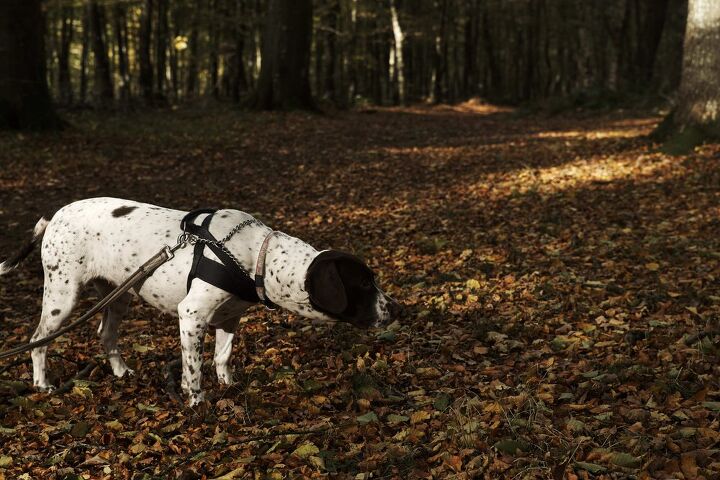
The Old Danish Pointer has a steady temperament as well as great determination and courage. These dogs are not overly active – they tend to be quiet and calm in the home but active outdoors. This breed bonds quickly with family and gets along very well with children. Generally speaking, he makes a great family pet. This breed may be somewhat unsure of strangers, but he is not aloof or aggressive. These dogs may chase small pets, though socialization can help to curb this behavior.
Common Health Problems
The Old Danish Pointer is generally a very healthy breed, though all dogs are prone to certain health problems. This breed may be prone to musculoskeletal issues like hip and elbow dysplasia as well as eye problems like entropion, ectropion, and distichiasis. They are also prone to ear infections and field injuries.
Life Expectancy
The average lifespan for the Old Danish Pointer is 12 to 14 years.
Exercise Requirements
Though the Old Danish Pointer is very quiet and calm indoors, he has high needs for exercise. This breed requires at least an hour of vigorous activity per day and will appreciate having a fenced outdoor space in which to run.
The Old Danish Pointer has a steady temperament as well as great determination and courage.
Recognized Clubs
The Old Dutch Pointer is not yet accepted by the AKC but has been admitted into the Foundation Stock Service. The breed is recognized, however, by the FCI as a Continental Pointing Dog.
Coat
The Old Danish Pointer has a short, dense topcoat that is harsh in texture. It should never appear long or fluffy and the skin itself is close-fitting, though looser on the head and neck. The breed has a piebald coloration of white with brown markings, including large patches and small spots.
Puppies
The average litter size for the Old Danish Pointer is 4 to 6 puppies. Because this breed is technically a large breed based on its adult weight, puppies should be fed a high-quality large-breed puppy food for the first 12 months. This will ensure that they get enough protein to develop strong muscles without growing so fast that they become predisposed to musculoskeletal issues in adulthood. Old Danish Pointer puppies should also be started with training and socialization from a young age.
Photo credit: Lavrsen/Shutterstock

